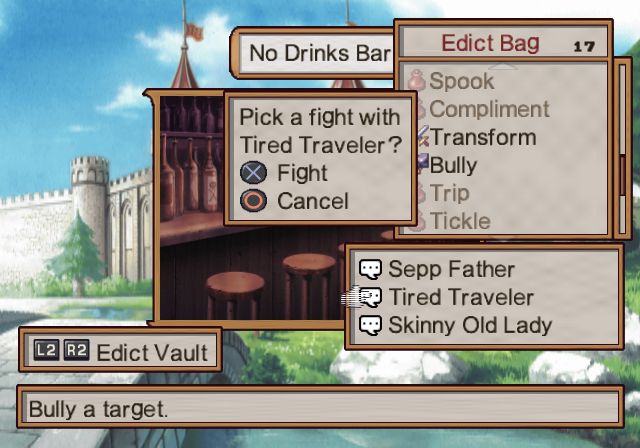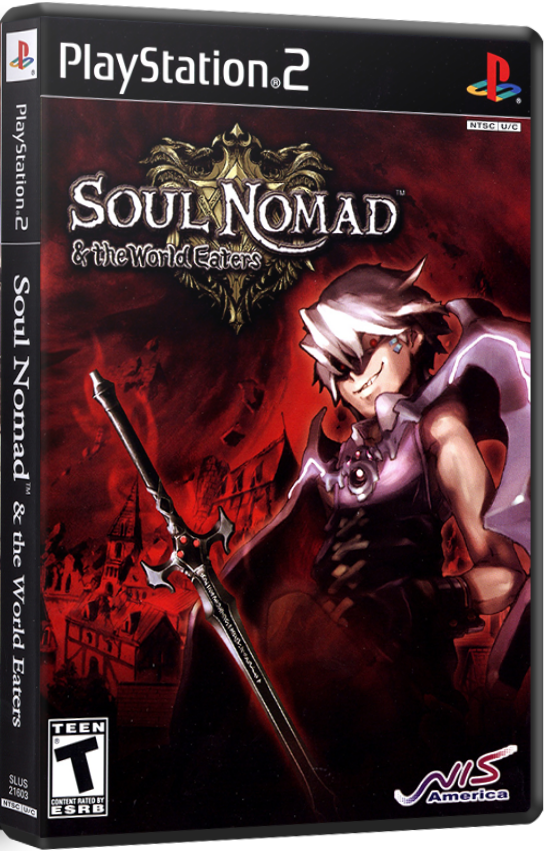

It’s worth noting that each fight begins with the protagonist’s group alone. Units killed in combat, on the other hand, return after the battle, and you don’t lose any units at all, which is a pleasant surprise. Regardless of the condition of the others, if he dies, the squad is lost in the battle.

A character named Leader is required in each group. Each class’s attack is different depending on where it is in the group: front, middle, or back. Positioning is crucial when assembling a team. There are few choices at first, but as the campaign progresses, more become available. Aside from the main characters, you can assemble a team of hired warriors from a variety of classes, including knights, archers, thieves, clerics, and pyromancers. Soul Nomad is a tactical role-playing game, but instead of single characters, it features squads of fighters, ranging in size from four to nine. As does their use in combat and combined attacks, which disrupt affinities. There is even a “Demon Path” that consists of exactly that with different endings and characters, which drastically alters the route.Īpart from this deception path, the protagonist’s interactions with other characters have an impact throughout the campaign. This is reflected in the gameplay and dialogue options available to you when dealing with other NPCs. While Gig’s strength is necessary for us to win, we risk becoming the next Lord of Destruction if we overuse this resource. The reason for Gigi’s presence will be revealed later in the game. This isn’t just any sword it holds the soul of Gig, a man who, by the way, speaks through his elbows. A young man or woman from a hidden village who, when he reaches the age of majority, is presented with a sword by none other than Layna herself.


After 200 YearsĢ00 years have passed and the World Eaters have begun to manifest, posing a serious threat to the world. When Gig was defeated, the three World Eaters went into hibernation and remained there for the rest of their lives. After much fighting, Layna, the former king’s daughter and current leader of the resistance, is said to have defeated the villain. It begins with Gig the Master of Death and the World Eaters arriving to destroy everything. The tale of Soul Nomad takes place in the lands of Prodestus. The game was released for Steam and Switch in late August. The combat reminds us of a few Advanced Wars and Dragon Force in terms of visuals. However, each “unit” is made up of a small group. Soul Nomad stands out for its gameplay, despite having a similar look and feel to the other titles. You fight the townsfolk, and if the battle is won, one of the Hero’s stats is permanently increased by a certain amount.Soul Nomad & the World Eaters is a PlayStation 2 RPG developed by Nippon Ichi Software, the same company that brought you Phantom Break and the Disgaea series. Merging is done with merge edicts, such as Transform, Combine, Fuse. It makes the townsfolk hold a grudge against you, which means an enemy unit can spawn during a story map to kill you. Kicking is done with kick edicts suck as Boot, Punt, Flail. This allows you to get units of certain classes that would only be unlocked later in the game. A townsfolk must first be beaten in a fight before it can be kidnapped, it should also be noted that kidnapped townsfolk leaves your party once you start a new cycle. Kidnapping is done with kidnap edicts, such as Kidnap, Betray, Bribe, Headhunt. The reward for winning the fight is GP, also allowing the unit to be kidnapped and added to your party. Some of these NPCs appear multiple times in different places, having their own little adventures for the player to follow, but more than just talking, there are other ways to interact with them with the use of Gig Edicts.įighting is done using the fight edicts, such as Fight, Assault, Duel, Violate. These NPCs change often, usually in all towns with every significant plot point or when a new place is unlocked. Every town in the game has multiple townsfolk to interact with, starting from the Hidden Village itself, as soon as you get Gig.


 0 kommentar(er)
0 kommentar(er)
